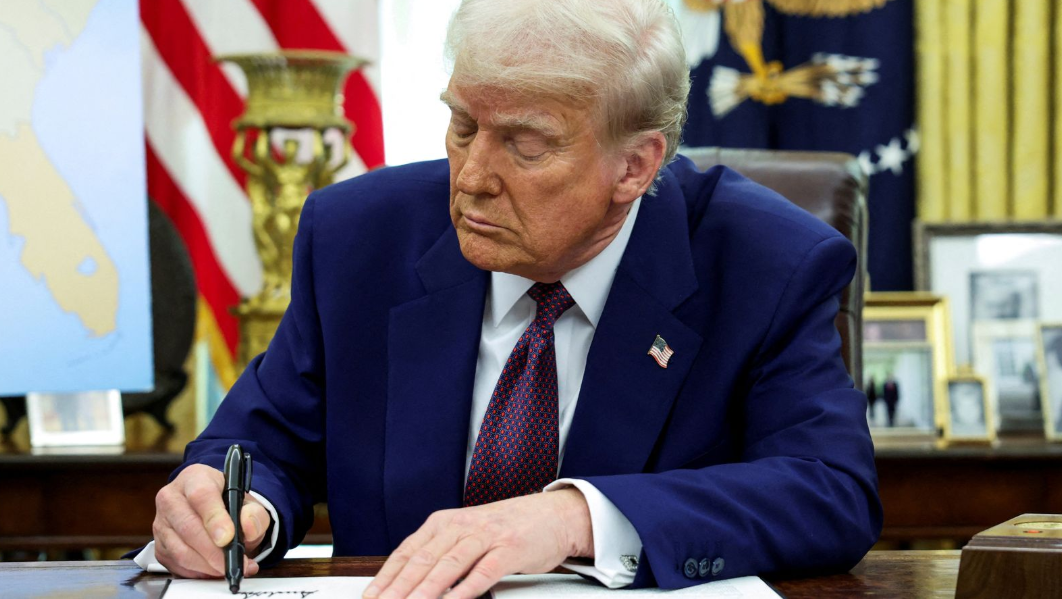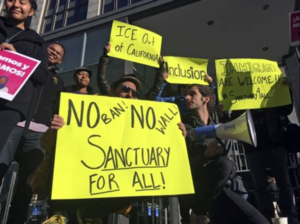U.S.-UK Trade Deal Shocker: Trump Slashes Tariffs on Cars and Steel in Historic Agreement
In a historic turn of international policy, U.S.-UK Trade Deal Shocker: Trump Slashes Tariffs on Cars and Steel in Historic Agreement became headline news on May 8, 2025. President Donald Trump and UK Prime Minister Sir Keir Starmer announced a sweeping trade agreement designed to reshape economic collaboration between the two nations. This article explains every key component of the deal, why it matters for Americans, and what it means for the future of U.S. exports, British manufacturing, and bilateral economic strength.
1. What Is the U.S.-UK Trade Deal?
The 2025 U.S.-UK trade deal is a bilateral agreement focused on reducing tariffs and opening market access in sectors critical to both countries’ economies. It aims to facilitate smoother transatlantic trade by removing long-standing barriers and boosting economic synergy.
Key Elements:
- Tariffs on UK car exports to the U.S. reduced from 27.5% to 10%
- Elimination of U.S. tariffs on UK steel and aluminum
- Enhanced UK access to U.S. agricultural exports (e.g., beef, ethanol)
- UK agreement to purchase $10 billion worth of U.S.-assembled Boeing aircraft
Table: Major Tariff Changes in the 2025 U.S.-UK Trade Deal
| Product Category | Previous U.S. Tariff | New U.S. Tariff | UK Export Volume (Est.) |
|---|---|---|---|
| Cars | 27.5% | 10% | 100,000 units/year |
| Steel | 25% | 0% | 1.2M tonnes |
| Aluminum | 10% | 0% | 300,000 tonnes |
| U.S. Beef (UK import) | 40% | 0% (Quota-based) | 13,000 metric tonnes |
| Ethanol (UK import) | 10% | 0% | Uncapped |
2. Why Is This Trade Deal Important for the U.S.?
The deal is expected to:
- Increase American exports, especially in agriculture and aviation.
- Strengthen job security in key export sectors.
- Enhance U.S. strategic positioning post-Brexit.
Data Insight: According to USTR, U.S. beef exports to the UK were negligible in 2022. The new quota could generate over $800 million annually.
3. UK’s Strategic Gains from the Agreement
The UK secures:
- Entry into U.S. markets with lower costs for carmakers and steel producers.
- Diversified trade portfolio post-Brexit.
- Greater credibility in securing future trade deals.
Quote from Prime Minister Starmer: “This deal safeguards jobs, boosts industry, and signals the UK’s intent to lead in free trade globally.”
4. U.S. Agricultural Export Boost: What Farmers Gain
The UK will now accept higher quantities of:
- U.S. beef (quota-based, tariff-free)
- Ethanol
- Corn-based products
U.S. Export Opportunities Gained
- Beef (13K MT quota)
- Ethanol (tariff-free)
- Soy and Corn derivatives (future targets)
- Pork and Poultry (next negotiation phase)
5. Economic Impact Analysis: Who Benefits?
American Sectors Benefiting:
- Aerospace (Boeing order worth $10B)
- Agriculture (expanded UK market)
- Steel/aluminum (rebalanced domestic supply)
British Sectors Benefiting:
- Auto manufacturing (100K car exports to U.S.)
- Steel industry (estimated +15% in annual revenue)
- Tech components (subject to further deals)
6. Long-Term Strategic Implications
This agreement lays the groundwork for a larger Free Trade Agreement (FTA) in the future, which could include:
- Financial services
- Tech and digital services
- Energy trade
This is the first U.S.-UK deal since Brexit to include aviation, automotive, and heavy manufacturing sectors in a single package.
7. How Will the Deal Affect American Consumers?
Lower tariffs mean:
- More affordable imported UK cars in the U.S.
- Stable domestic steel prices due to supply adjustments
- Lower food costs from reciprocal imports
U.S. GDP Impact Projection: Independent analysis from the Center for Economic Policy forecasts a 0.15% increase in GDP over 12 months due to this deal.
Conclusion
The 2025 U.S.-UK Trade Deal is more than a tariff adjustment—it’s a structural upgrade to two of the world’s strongest economies. From farmers in Iowa to factory workers in Birmingham, the benefits are tangible and immediate. The deal not only resolves long-standing trade barriers but sets a forward-looking tone for U.S. international trade strategy in the post-Brexit, post-pandemic world.
[USnewsSphere.com / gov]





